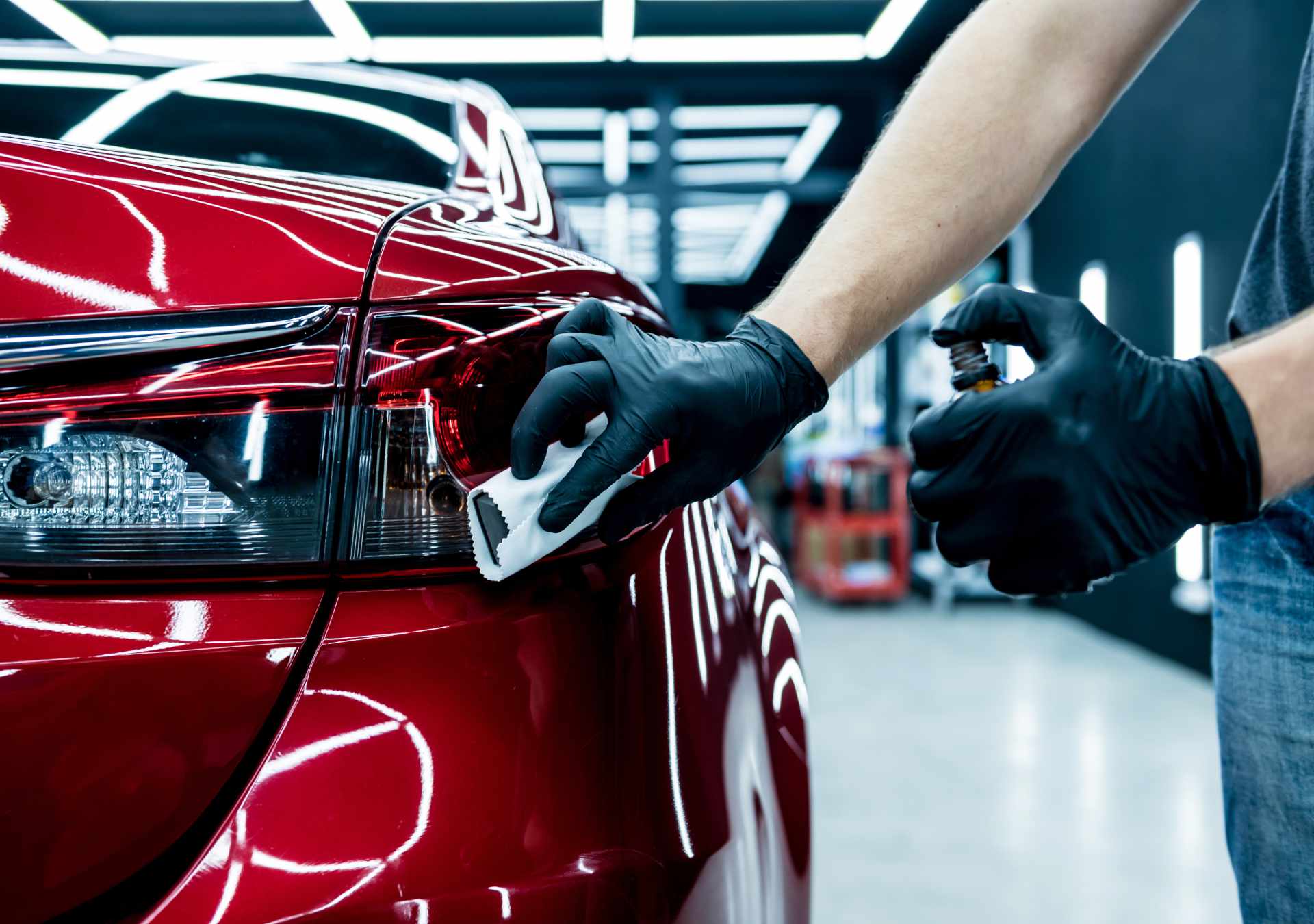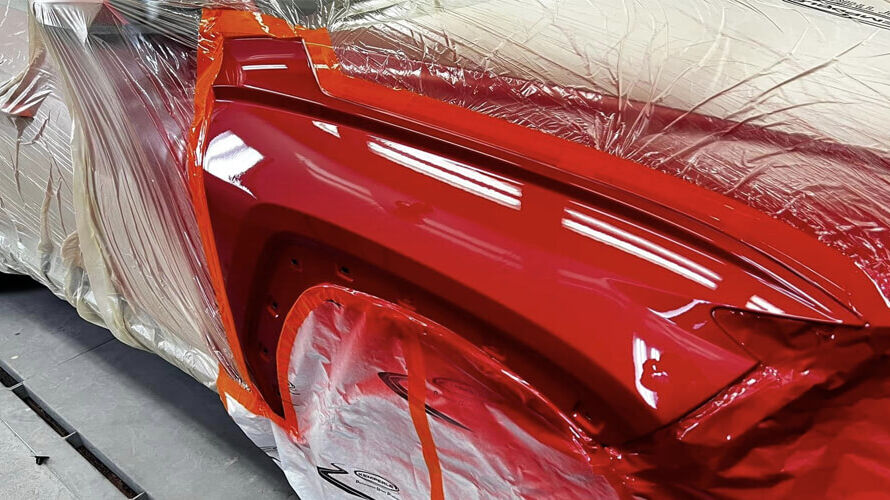Ceramic Coating vs Wax: What’s the Difference?
Car owners have long debated whether waxing is enough to protect a vehicle’s finish or if investing in a ceramic coating is the smarter choice. Both products enhance shine and protection, but the difference lies in durability, performance, and long-term value.
According to the International Detailing Association, over 65% of vehicle owners still rely on traditional waxes, even though coatings have become the preferred method among professionals. Understanding the difference between wax and ceramic coating can help you choose the right protection for your car’s paint.
What Is Wax?
Car wax is a protective layer applied to the paint surface. Available in natural (carnauba) or synthetic blends, wax enhances gloss while providing short-term protection against water, dirt, and UV rays.
- Lifespan: Typically lasts 1–3 months.
- Best For: Quick shine, budget-friendly maintenance.
- Limitations: Needs frequent reapplication and wears off in harsh weather or washes.
What Is Ceramic Coating?
Ceramic coating is a liquid polymer applied to the paint, chemically bonding to the clear coat. It creates a hydrophobic, semi-permanent layer that resists UV rays, water spots, and chemical contaminants.
- Lifespan: 2–5 years (sometimes longer with maintenance).
- Best For: Long-term protection, deep gloss, easier cleaning.
- Limitations: Higher upfront cost and requires professional application.
Key Differences Between Ceramic Coating and Wax
| Feature | Wax | Ceramic Coating |
| Durability | 1–3 months | 2–5 years |
| Gloss | Good | Excellent (deep, wet look) |
| Protection | UV, dirt, water | UV, water, chemicals, scratches |
| Maintenance | Frequent reapplication | Minimal upkeep |
| Cost | Low upfront | Higher upfront, better long-term value |
Why It Matters
Choosing between wax and ceramic coating depends on goals:
- If you want short-term shine and don’t mind frequent reapplications, wax works fine.
- If you want long-term protection and easier maintenance, ceramic coating is the superior choice.
Studies in the detailing industry show that vehicles with ceramic coating retain up to 15% more resale value compared to unprotected cars, due to reduced paint degradation.
Final Thoughts
When it comes to ceramic coating vs wax, the choice depends on your priorities. Wax offers an affordable, short-term shine, but ceramic coating delivers superior, long-lasting protection and gloss. For those serious about maintaining their vehicle’s paint, ceramic coating is an investment that pays off in both appearance and value.
Frequently Asked Questions (FAQ)
What lasts longer, wax or ceramic coating?
Ceramic coating lasts years, while wax only lasts 1–3 months.
Does ceramic coating replace wax?
Yes. Ceramic coatings provide longer-lasting, more effective protection than wax.
Is waxing still worth it?
Waxing is budget-friendly and provides short-term shine, but it requires frequent reapplication.
Can you apply wax over ceramic coating?
It’s unnecessary, but you can. Wax won’t harm ceramic but offers little added benefit.
Which gives more gloss, wax or ceramic coating?
Both enhance gloss, but ceramic coating provides a deeper, wet-look shine.
How much does ceramic coating cost compared to wax?
Waxing costs $20–$100, while professional ceramic coating ranges from $500–$2,000.
Does ceramic coating prevent scratches?
It resists light scratches but does not make paint fully scratch-proof.
Is ceramic coating permanent?
No. It’s semi-permanent, lasting 2–5 years with proper maintenance.
Do I need to prep my car before applying coating?
Yes. Paint correction or polishing ensures the coating bonds properly.
Which is better for resale value?
Ceramic coating, since it maintains paint condition longer and reduces defects.




